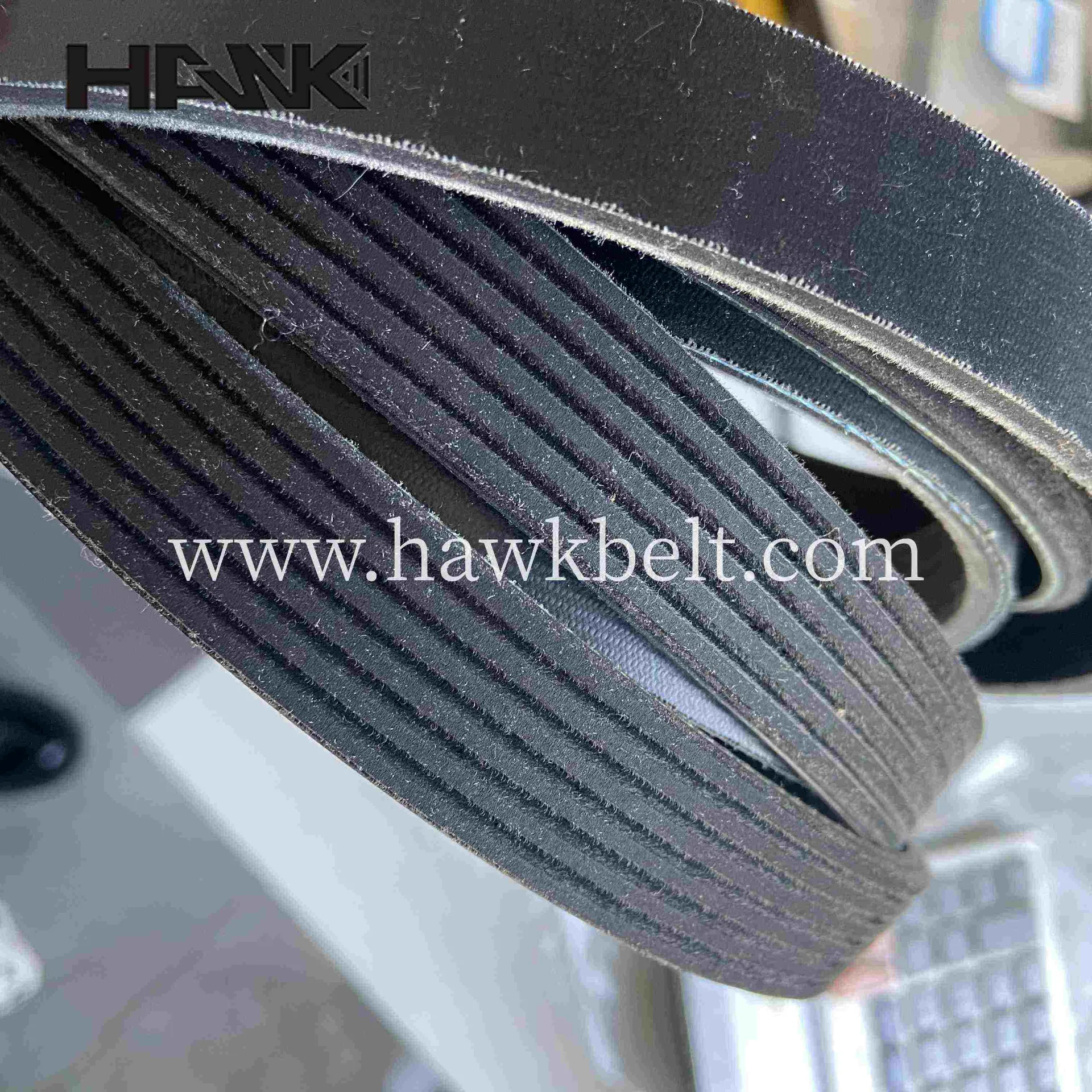- Arabic
- French
- Russian
- Spanish
- Portuguese
- Turkish
- Armenian
- English
- Albanian
- Amharic
- Azerbaijani
- Basque
- Belarusian
- Bengali
- Bosnian
- Bulgarian
- Catalan
- Cebuano
- Corsican
- Croatian
- Czech
- Danish
- Dutch
- Afrikaans
- Esperanto
- Estonian
- Finnish
- Frisian
- Galician
- Georgian
- German
- Greek
- Gujarati
- Haitian Creole
- hausa
- hawaiian
- Hebrew
- Hindi
- Miao
- Hungarian
- Icelandic
- igbo
- Indonesian
- irish
- Italian
- Japanese
- Javanese
- Kannada
- kazakh
- Khmer
- Rwandese
- Korean
- Kurdish
- Kyrgyz
- Lao
- Latin
- Latvian
- Lithuanian
- Luxembourgish
- Macedonian
- Malgashi
- Malay
- Malayalam
- Maltese
- Maori
- Marathi
- Mongolian
- Myanmar
- Nepali
- Norwegian
- Norwegian
- Occitan
- Pashto
- Persian
- Polish
- Punjabi
- Romanian
- Samoan
- Scottish Gaelic
- Serbian
- Sesotho
- Shona
- Sindhi
- Sinhala
- Slovak
- Slovenian
- Somali
- Sundanese
- Swahili
- Swedish
- Tagalog
- Tajik
- Tamil
- Tatar
- Telugu
- Thai
- Turkmen
- Ukrainian
- Urdu
- Uighur
- Uzbek
- Vietnamese
- Welsh
- Bantu
- Yiddish
- Yoruba
- Zulu
Nov . 12, 2024 17:08 Back to list
car engine timing belt
Understanding Car Engine Timing Belts A Key Component of Internal Combustion Engines
In the realm of automotive engineering, the timing belt is a pivotal component that plays a crucial role in the efficient operation of an internal combustion engine. Often overlooked in routine maintenance discussions, the timing belt is fundamental to ensuring that the engine's camshaft and crankshaft work in perfect synchrony. This article explores the function, types, maintenance, and replacement of timing belts.
The Function of the Timing Belt
The primary function of the timing belt is to synchronize the rotation of the engine's crankshaft and camshaft. This synchronization is essential for the opening and closing of the engine's valves at the right times during each cylinder's intake and exhaust strokes. An accurate timing ensures that fuel and air enter the combustion chamber at the correct moment, while exhaust gases exit seamlessly. In simpler terms, the timing belt ensures that an engine runs smoothly and efficiently, maximizing performance and minimizing emissions.
Timing belts are typically made from reinforced rubber and are designed to withstand the high friction and tension exerted within the engine. In addition to connecting the crankshaft and camshaft, timing belts may also drive other components such as the water pump, which is vital for the engine’s cooling system.
Types of Timing Belts
Although the nomenclature may vary, timing belts generally fall into a few categories based on their design and application. Most traditional vehicles employ a standard rubber timing belt, which works efficiently under normal operating conditions. However, some high-performance and luxury vehicles use timing chains instead, which are made of metal. Timing chains are known for their durability and longevity, often lasting the lifetime of the engine when properly maintained.
car engine timing belt

Another variation is the silent or low-noise timing belts, which are designed to operate more quietly, providing a more pleasant driving experience. Regardless of the type, all timing belts must be regularly inspected for signs of wear, such as cracks, fraying, or stretching.
Maintenance and Replacement
Regular maintenance of the timing belt is essential for the longevity of an engine. Most manufacturers outline specific intervals for checking and replacing timing belts. Typically, a timing belt should be replaced every 60,000 to 100,000 miles, but this can vary based on the make and model of the vehicle.
Signs that a timing belt may need replacement include unusual engine noises, such as ticking sounds, difficulty starting the engine, and oil leaks from the front of the engine. Ignoring these signs can lead to catastrophic engine failure, as a broken timing belt can cause the pistons to collide with the valves. This type of damage can result in extensive and costly repairs.
Conclusion
In conclusion, the timing belt is a critical component of a car's engine that requires attention to ensure optimal performance. Understanding its function and the importance of regular maintenance can help vehicle owners avoid unexpected failures and costly repairs. If you are unsure about the condition of your timing belt or when it should be replaced, consult your vehicle's owner manual or speak with a trusted mechanic. By staying informed and proactive, you can ensure your engine runs smoothly and efficiently, extending the life of your vehicle.
-
Upgrade Power Steering Pump Belt for Smooth, Quiet Operation
NewsAug.27,2025
-
Precision Timing Belt & Chain: Engine Performance & Durability
NewsAug.26,2025
-
Precision Lathe Drive Belts: Durable & Reliable Performance
NewsAug.25,2025
-
84.5 Serpentine Belt: Durable & Precision Fit for Your Engine
NewsAug.24,2025
-
Premium Ribbed Drive Belts for Quiet Power Transmission
NewsAug.23,2025
-
High-Performance Vehicle Timing Belt for Engine Precision
NewsAug.22,2025

